jedirunner
TPF Noob!
- Joined
- Jan 13, 2012
- Messages
- 354
- Reaction score
- 71
- Location
- Utah
- Can others edit my Photos
- Photos OK to edit
Heya guys and gals with far more experience than me... I've shot a few times with a CPL filter on -- mostly when I've been intentionally testing it to see the difference it makes -- and I've been impressed at the difference I've seen in my intentional tests (mostly testing to see how it removed glares and reflections).
So here are my questions:
When do you all shoot with a CPL?
Do you always have one in your bag?
What sorts of situations do you use it in?
Is it always on the back of your mind as another tool in your bag of tricks?
Or is it for you a rare (or never) used item?
Most of my local friends at their varying levels of expertise (all have been shooting longer than me, so I ask them lots of questions) don't even have CPL filters at all.
Thanks much for any advice you can give me on CPL usage,
Kevin
So here are my questions:
When do you all shoot with a CPL?
Do you always have one in your bag?
What sorts of situations do you use it in?
Is it always on the back of your mind as another tool in your bag of tricks?
Or is it for you a rare (or never) used item?
Most of my local friends at their varying levels of expertise (all have been shooting longer than me, so I ask them lots of questions) don't even have CPL filters at all.
Thanks much for any advice you can give me on CPL usage,
Kevin




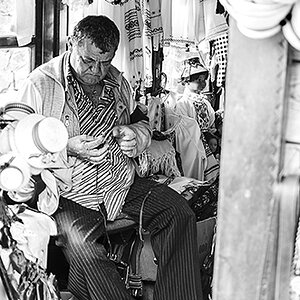
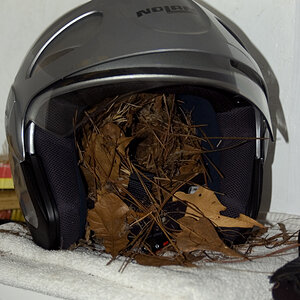
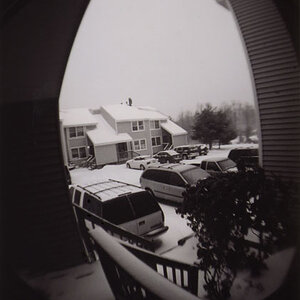


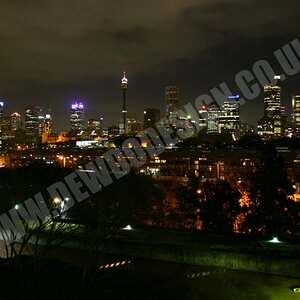
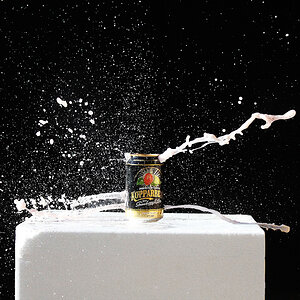

![[No title]](/data/xfmg/thumbnail/41/41937-bd46d08f9adcefe8bc65477f19a4f580.jpg?1619739947)